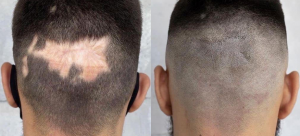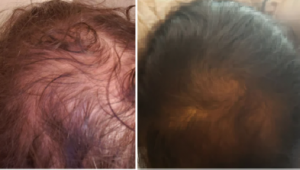We need to talk about good medical practices. Many surgeons believe that FUE works well provided that in a person with an medium hair thickness and an average donor density, has no more than 3500 FUE grafts removed to avoide a see-through donor area. 3500 grafts for such a person will cover Class 3, 3a, 4a, 5a patterns of balding relatively easily. Once you get into class 4, 5, 6 and 7 patterns, then an FUT may be a better answer either as a sole harvesting technique or combined with FUE. As the hair thickness gets finer (less and less hair bulk/mass), the maximum number of FUE grafts drops because by maintaining the same harvesting number in a person with fine hair, the see-through donor area may become a problem. With coarser hair (more hair bulk/mass) and an average donor density, more FUE grafts can be safely harvested. As the original donor density drops, the see-through donor area risk rises so FUT might be a better choice as a see-through donor area is a real risk for low density donor areas in many men. High original donor densities with medium-coarse or coarser hair are good candidates for FUE in the more advanced Norwood Patterns. If you combined higher than normal donor density with a coarser hair, this person can easily have most of his head transplanted with FUE alone. I have never seen an FUE result in a Class 7 patient with fine hair or one with significantly reduced original donor density and not have a depleted donor area (see-through donor area). I believe that there is a role today for surgeons to be skilled in both FUE and FUT and based upon the above factors and the surgeons preferences, the right harvesting method for the right reasons will be selected.






